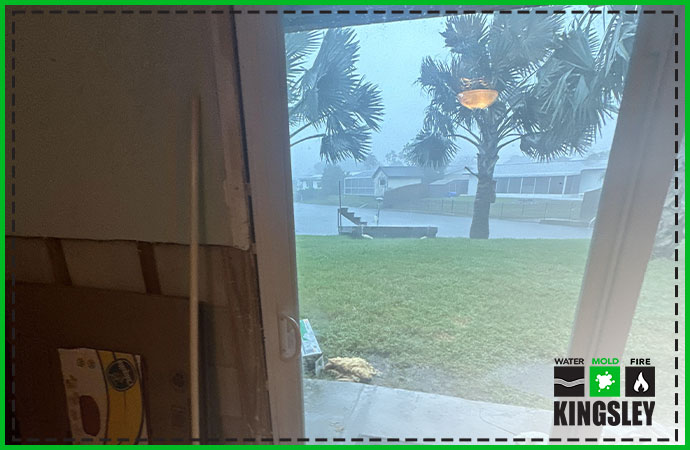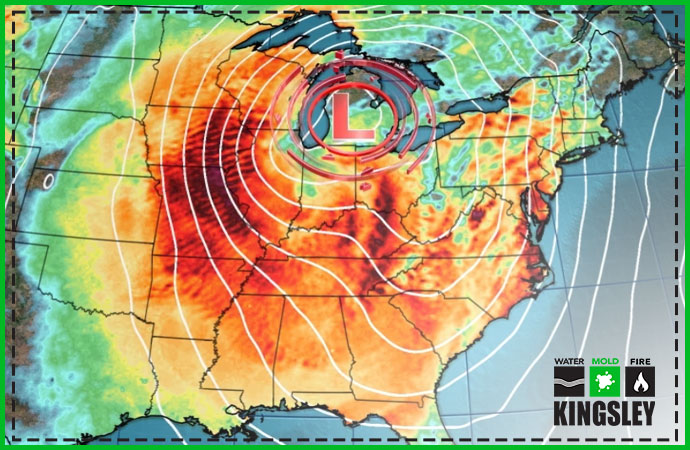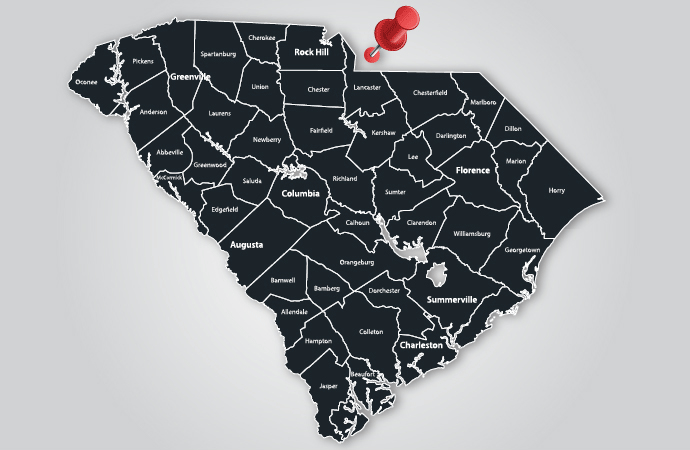The Impact of Storm Size: A Comparison of Hurricanes Charley and Ian
Hurricanes are powerful natural phenomena capable of causing widespread destruction. While the intensity of a hurricane often grabs headlines, the size of the storm plays a crucial role in the extent and severity of its impact. This comparison between Hurricanes Charley (2004) and Ian (2022) illustrates how storm size can significantly influence the damage and hazards associated with these events.
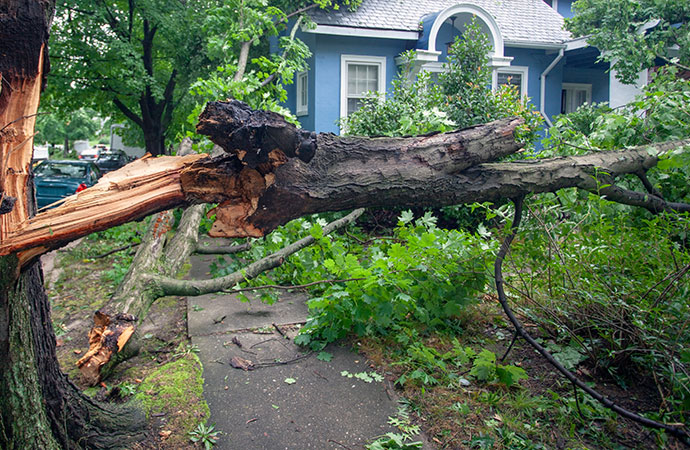
Hurricane Charley: A Compact but Intense Storm
Hurricane Charley made landfall in southwest Florida on August 13, 2004, as a Category 4 hurricane. Despite its high intensity, Charley was relatively small in size. Its compact structure resulted in a narrower area of strong winds and less extensive storm surge. The storm moved quickly across Florida, which limited the amount of rainfall and, consequently, the flooding risk. Charley's rapid movement meant that rainfall amounts were generally between 5 to 8 inches near its track, primarily affecting south and central Florida Inside the Eye
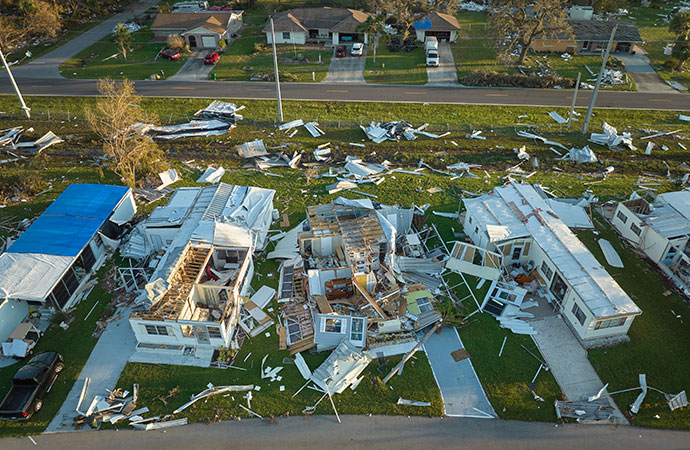
Hurricane Ian: A Larger, More Devastating Event
In stark contrast, Hurricane Ian struck near Port Charlotte Harbor on September 28, 2022, also as a Category 4 hurricane. Ian was significantly larger than Charley, with a broad wind field that pushed a massive amount of ocean water inland, resulting in a severe storm surge over a much wider area. This extensive surge caused catastrophic damage and led to numerous fatalities, primarily due to flooding from the surge itself.
Ian's size also contributed to prolonged and widespread rainfall. As the storm moved slowly across the Florida Peninsula, its rain bands extended across most of the state, leading to rainfall amounts exceeding 10 inches in about 18 counties. This extensive rainfall resulted in severe freshwater flooding, exacerbating the overall impact of the storm (National Hurricane Center) (Inside the Eye).

The Importance of Storm Size
The comparison between Charley and Ian underscores the importance of considering storm size in addition to intensity when assessing potential hurricane hazards. Larger storms like Ian can affect a broader area, increasing the likelihood of widespread damage and fatalities. The extensive wind field and prolonged rainfall associated with larger storms can lead to higher storm surges and more significant flooding, as seen with Ian.
Understanding the impact of storm size is crucial for effective hurricane preparedness and response. The National Hurricane Center (NHC) and National Weather Service (NWS) take storm size into account when issuing watches and warnings, helping to inform the public and guide emergency management decisions. By comparing incoming hurricanes to past events in terms of size, forecasters can provide more accurate and meaningful guidance to those in the storm's path (Inside the Eye).
Conclusion
The case studies of Hurricanes Charley and Ian highlight the vital role of storm size in determining the extent of hurricane hazards. While intensity is an essential factor, the broader impact of a hurricane is often shaped by its size. As climate patterns evolve and hurricanes potentially become larger and more intense, understanding and preparing for these factors will be increasingly important for minimizing the risks associated with these powerful storms.
For more detailed information on the comparison between Hurricanes Charley and Ian, you can read the full article on the NOAA NHC blog here (Inside the Eye).


